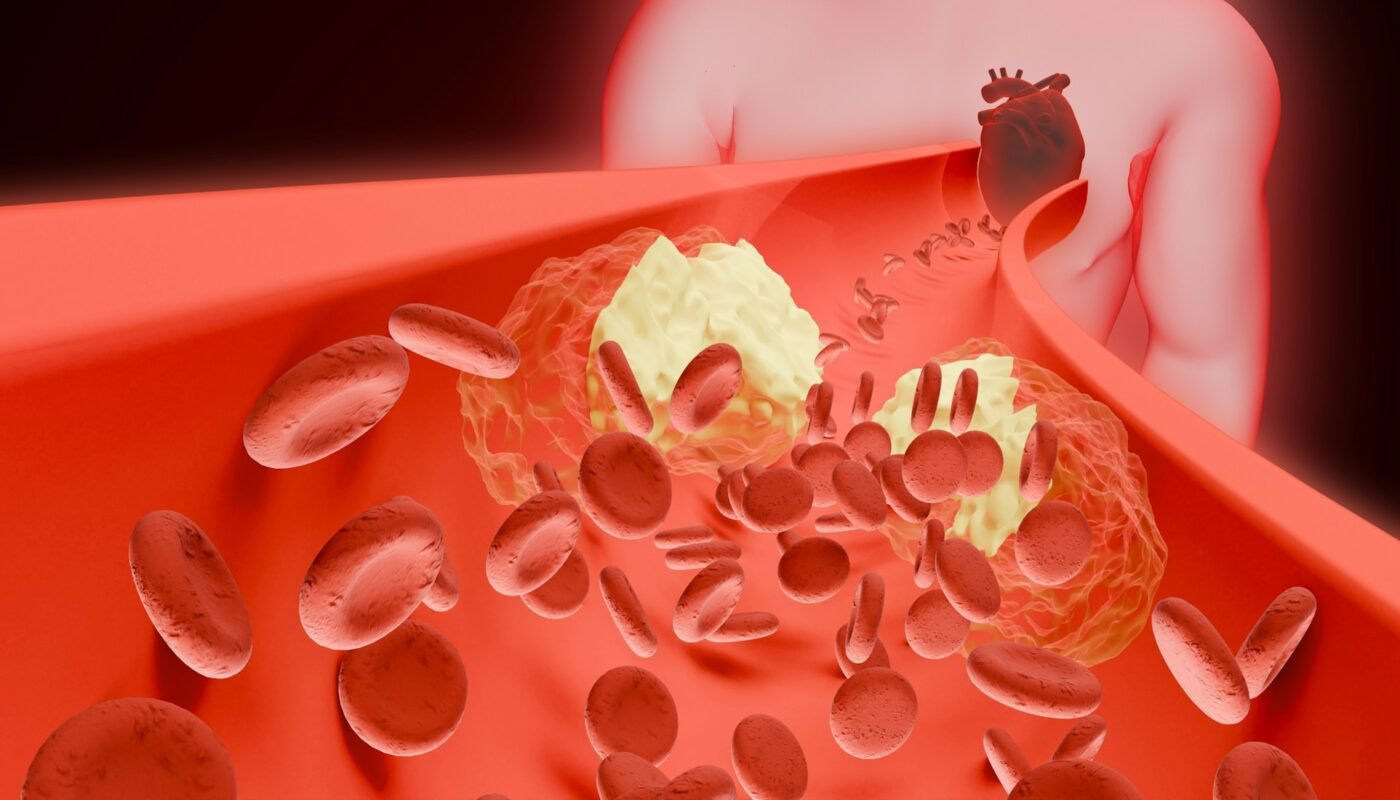Deep Vein Thrombosis (DVT) is a serious medical condition that occurs when a blood clot forms in a deep vein, usually in the legs. While it may begin silently, the consequences can be life-threatening if the clot dislodges and travels to the lungs, leading to a pulmonary embolism. Early detection and treatment are critical. That’s why recognizing the warning signs of deep vein thrombosis is not just important—it can save your life.
This article explores the key symptoms, causes, and risk factors of DVT that you should be aware of, especially if you are in a high-risk group.
What Causes Deep Vein Thrombosis and How It Starts
Before we dive into symptoms, it’s essential to understand how Deep Vein Thrombosis develops. A thrombus, or blood clot, can form in deep veins when blood flow is slowed, blood components become imbalanced, or when the inner lining of a vein is damaged. These clots most often occur in the legs or pelvis, and frequently go unnoticed in early stages.
While some cases of DVT resolve without significant complications, others may result in chronic pain, swelling, or life-threatening embolic events. For this reason, vascular experts stress the importance of early symptom recognition and prompt medical care.
Key Warning Signs of Deep Vein Thrombosis in the Legs

Most commonly, DVT affects one leg and presents with symptoms that can be mistaken for minor issues like muscle strain or poor circulation. However, certain signs should never be ignored:
1. Persistent Leg Swelling
Unilateral swelling—typically in the calf, thigh, or ankle—can be a telltale sign of a clot obstructing venous flow. This swelling usually doesn’t resolve with rest or elevation and often feels tight or heavy.
2. Pain or Cramping
The discomfort caused by DVT often begins in the calf and feels like a muscle spasm or dull ache. It may intensify while walking or flexing the foot. The pain is typically localized and does not shift sides.
Other Symptoms That May Signal DVT
DVT doesn’t always produce classic signs, making it all the more dangerous. Vascular specialists note several subtler symptoms:
- Warmth over the affected area
A noticeable difference in skin temperature—where one leg feels warm compared to the other—can suggest inflammation caused by a clot. - Redness or discoloration
The skin over the clot may appear red, purplish, or slightly bluish in tone. Sometimes, it may seem shiny or stretched due to underlying swelling.
These changes, especially when localized to one limb and not linked to an injury, require urgent evaluation by a healthcare professional.
When a Blood Clot Becomes Life-Threatening
While DVT itself is serious, its most alarming complication is pulmonary embolism (PE)—when a part of the clot breaks off and travels to the lungs. Symptoms of PE include:
- Sudden shortness of breath
- Chest pain that worsens when breathing deeply
- Rapid heartbeat or fainting
If these symptoms appear, call emergency services immediately. PE can be fatal within hours if left untreated.
Who Is at Risk of Deep Vein Thrombosis
Certain groups face a significantly higher risk of developing DVT. These include:
- Individuals over 60
- People who sit or lie down for prolonged periods (e.g., long-haul travelers, hospitalized patients)
- Pregnant women or women on hormonal birth control
- Individuals with cancer, clotting disorders, or a family history of DVT
- Patients recovering from surgery, especially orthopedic procedures
Even healthy individuals can develop DVT under the right conditions—such as dehydration, restricted movement, or post-injury inflammation—making awareness essential.
Prevention Starts With Awareness and Early Action
While lifestyle modifications such as staying active, staying hydrated, and avoiding prolonged immobility can help reduce your risk, prevention is not always enough. Timely screening and appropriate medical intervention play a critical role in stopping progression and complications.
For individuals experiencing any signs of DVT, it is vital to consult a vascular specialist without delay. The use of non-invasive Doppler ultrasound and blood tests like D-dimer can confirm diagnosis and guide next steps.
If you live in Orange County and are concerned about symptoms or personal risk factors, The Vein Place in OC offers diagnostic and treatment services from certified vascular professionals. As a trusted vein clinic in Santa Ana, the center serves local residents with modern tools for identifying and managing venous conditions—including DVT.
Know the Warning Signs, Protect Your Health
Deep vein thrombosis can escalate quickly if overlooked. Knowing the early symptoms—from leg swelling and pain to discoloration and warmth—can empower you to seek help before complications arise. Prompt diagnosis and treatment not only reduce your risk of pulmonary embolism but also improve long-term vascular health.
If you’re experiencing any suspicious symptoms or have risk factors that concern you, don’t delay. Contact a trusted vein specialist for a consultation and take control of your vascular wellness today.
Contact Information
The Vein Place in OC
📍 1945 East 17th St, Suite 107, Santa Ana, CA 92705
📞 (714) 500-7714
🕒 Monday – Friday, 9 a.m. – 5 p.m.
🌐 https://theveinplaceoc.com




